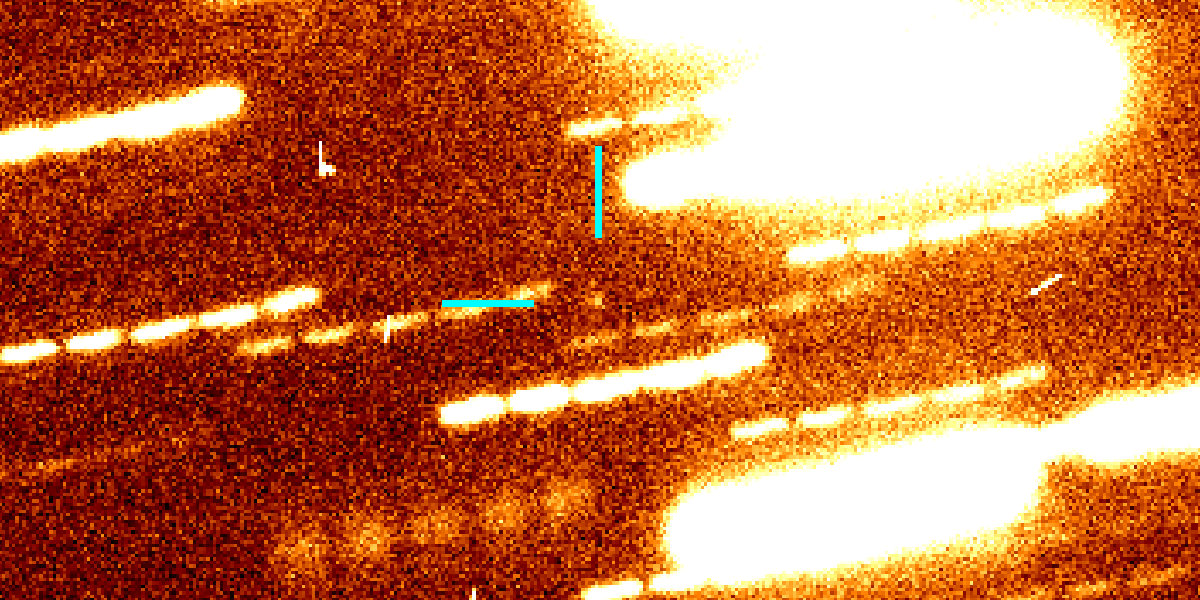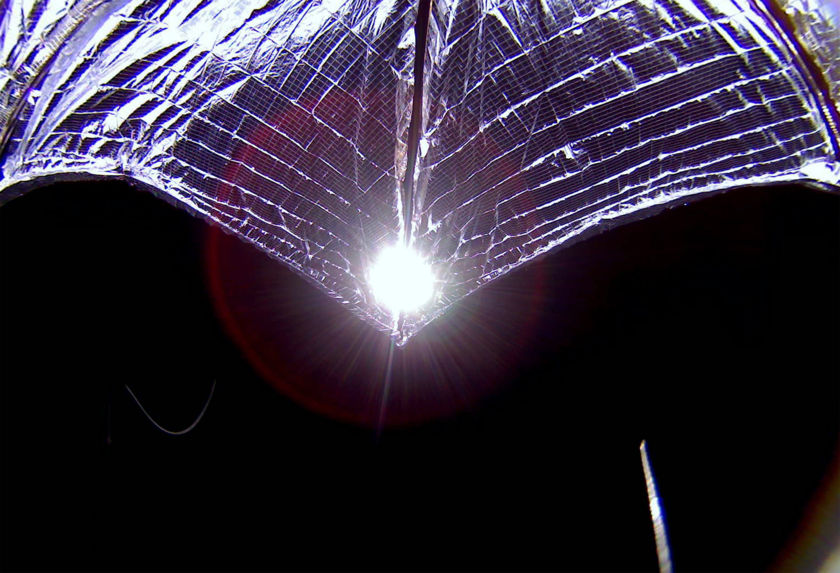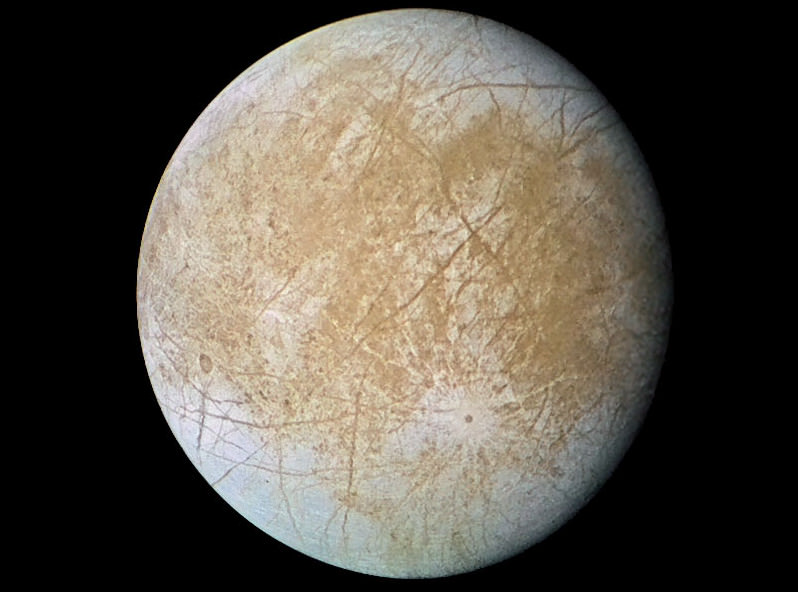Europa — a moon of Jupiter first discovered by Galileo — never ceases to surprise and amaze astronomers and amateurs alike.
Last December astronomers announced water plumes erupting 100 miles high from the moon’s icy south pole. It was the best evidence yet that Europa, heated internally by the powerful tidal forces generated by Jupiter’s gravity, has a deep subsurface ocean. It caused the search for life in the outer solar system to take quite a turn.
Now, NASA has issued a Request for Information (RFI) to science and engineering communities for ideas for a mission to the enigmatic moon. Any ideas need to address fundamental questions about the subsurface ocean and the search for life beyond Earth.
“This is an opportunity to hear from those creative teams that have ideas on how we can achieve the most science at minimum cost,” said John Grunsfeld, associate administrator for the NASA Science Mission Directorate, in a press release.
The RFI’s focus is for concepts for a mission that costs less than $1 billion.
“Europa is one of the most interesting sites in our solar system in the search for life beyond Earth,” said Grunsfield. “The drive to explore Europa has stimulated not only scientific interest but also the ingenuity of engineers and scientists with innovative concepts.”
The Decadal Survey deemed a mission to Europa as an extremely high priority for scientific pursuits by NASA. It lists five key science objectives that are necessary to improve our understanding of this potentially habitable moon. Primarily, the mission will need to:
— Characterize the extent of the ocean and its relation to the deeper interior
— Characterize the ice shell and any subsurface water, including their heterogeneity, and the nature of surface-ice-ocean exchange
— Determine global surface, compositions and chemistry, especially as related to habitability
— Understand the formation of surface features, including sites of recent or current activity, identify and characterize candidate sites for future detailed exploration
— Understand Europa’s space environment and interaction with the magnetosphere.
Although Europa has been visited by spacecraft and imaged distantly by Hubble, more detailed research is necessary to understand the complexities of this moon and its potential for life. NASA’s Galileo spacecraft, launched in 1989 was the only mission to visit Europa, passing close by the moon fewer than a dozen times.
What are your ideas for a mission to the icy moon? Comment below.




